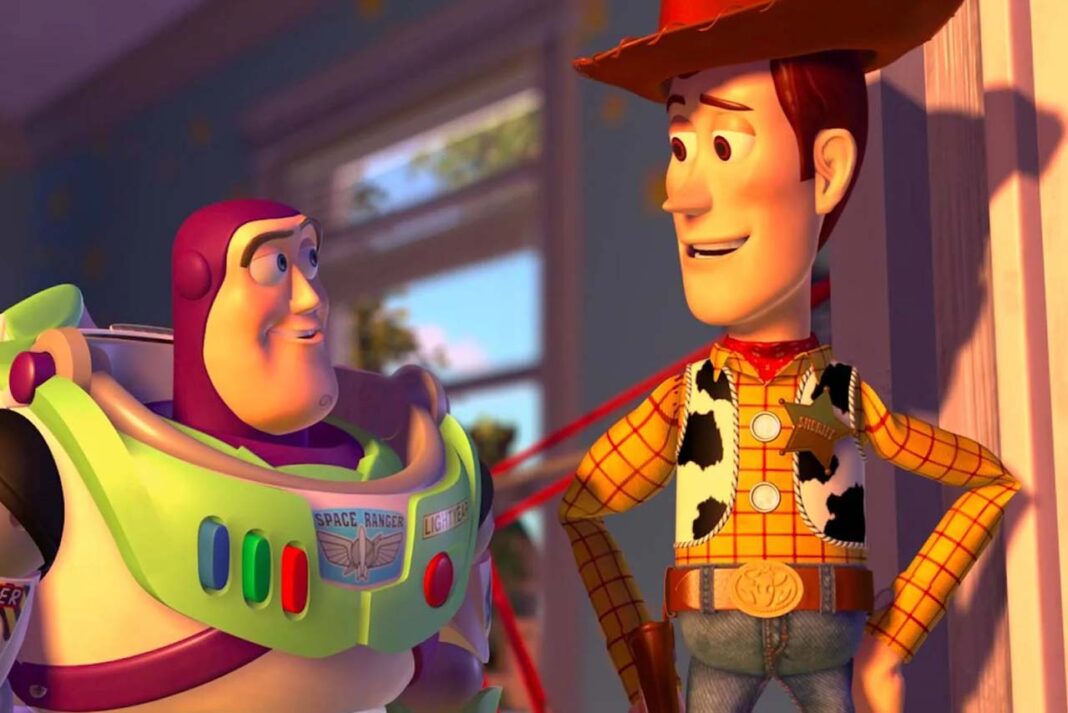In Andy’s room, the toys are happy in their usual order—until the new toy, Buzz Lightyear, emerges from his box with the attitude of a space hero proclaiming “To infinity and beyond.” Woody, who had held Andy’s affection and leadership until that day, suddenly finds himself in the background. This scene is more than just an animated film moment; it serves as a powerful metaphor for understanding the psychology of sibling jealousy.
Sibling jealousy arises with the birth of a new sibling or any change in family attention. For a child, this may feel less like a simple “sharing of love” and more like an existential threat. Woody’s fear of no longer being number one in Andy’s heart reflects this experience. The anxiety of being displaced is developmentally normal.
In his individual psychology approach, Alfred Adler (1927) explains sibling rivalry in terms of “power balance” within the family. According to Adler (1927), children naturally compete for their parents’ attention. Woody’s anxiety over losing leadership perfectly aligns with Adler’s concept of “natural competition.”
From the perspective of Erik Erikson’s (1950) psychosocial development theory, children aged 3–6 are in the stage of “initiative versus guilt.” During this period, children want to assert themselves through new experiences. Buzz appears in Andy’s eyes as a more dazzling symbol of initiative, with his technology, lights, and wings. Woody, by contrast, feels ordinary in comparison.
A similar process unfolds for parents. The attention given to the new “sibling” can inadvertently trigger the other child’s feeling of being “overlooked.” At this point, rather than suppressing the child’s jealousy, it is essential to help them feel that their initiatives and presence are still valued.
Woody’s anger toward Buzz actually reflects anxiety over whether he is still loved by Andy. This is a pattern frequently observed in sibling jealousy: the child perceives love as diminishing. In reality, love is not divided; it is expressed in different ways.
For parents, the critical point is to read the child’s jealousy not as a “shameful” or “wrong” emotion but as a “need for love.” When a child says, “I don’t want him/her,” it often means, “Do you still care about me?”
Toy Story demonstrates this beautifully: Andy loves both Woody and Buzz; he simply expresses his affection differently. Parents supporting children learning to share attention with a new sibling can focus on several points:
-
Individual time for each child: Just as Andy selects Woody beside his bed, parents should spend one-on-one time with each child, conveying, “You are special to me.”
-
Labeling emotions: Statements like, “You are feeling jealous because you want to feel loved” help the child recognize and name their emotions.
-
Assigning roles: Giving the older sibling functional but not overwhelming responsibilities in caring for the younger sibling can transform jealousy into a constructive emotion.
-
Avoiding comparisons: Instead of saying, “Look how well-behaved your sibling is,” acknowledging each child’s unique abilities reinforces a sense of security.
In later scenes of Toy Story, Woody and Buzz discover that they are stronger together than apart, beyond simply sharing Andy’s affection. This captures the essence of sibling relationships: though initially steeped in competition, they can evolve into cooperation and friendship.
The ability of children to see one another as “companions” rather than “rivals” is directly related to the family climate established by parents. The message communicated to the child is: “Your value is not determined by your sibling; you are both unique to me.”
The story of Woody and Buzz reminds us that sibling jealousy is not a flaw or a problem but a developmental stage. What matters is that the child can experience these feelings safely and recognize that parental love remains strong and present.
Parenting is about teaching children to share love rather than divide it. With the right guidance, sibling jealousy can transform into empathy, cooperation, and a bond that endures throughout life.
When Woody’s worries meet Buzz’s brilliance, the lasting message for children is clear: “Love is not a competition; it is about growing stronger together.”
References
-
Adler, A. (1927). Understanding Human Nature. Hazelden.
-
Erikson, E. H. (1950). Childhood and Society. W. W. Norton & Company.


